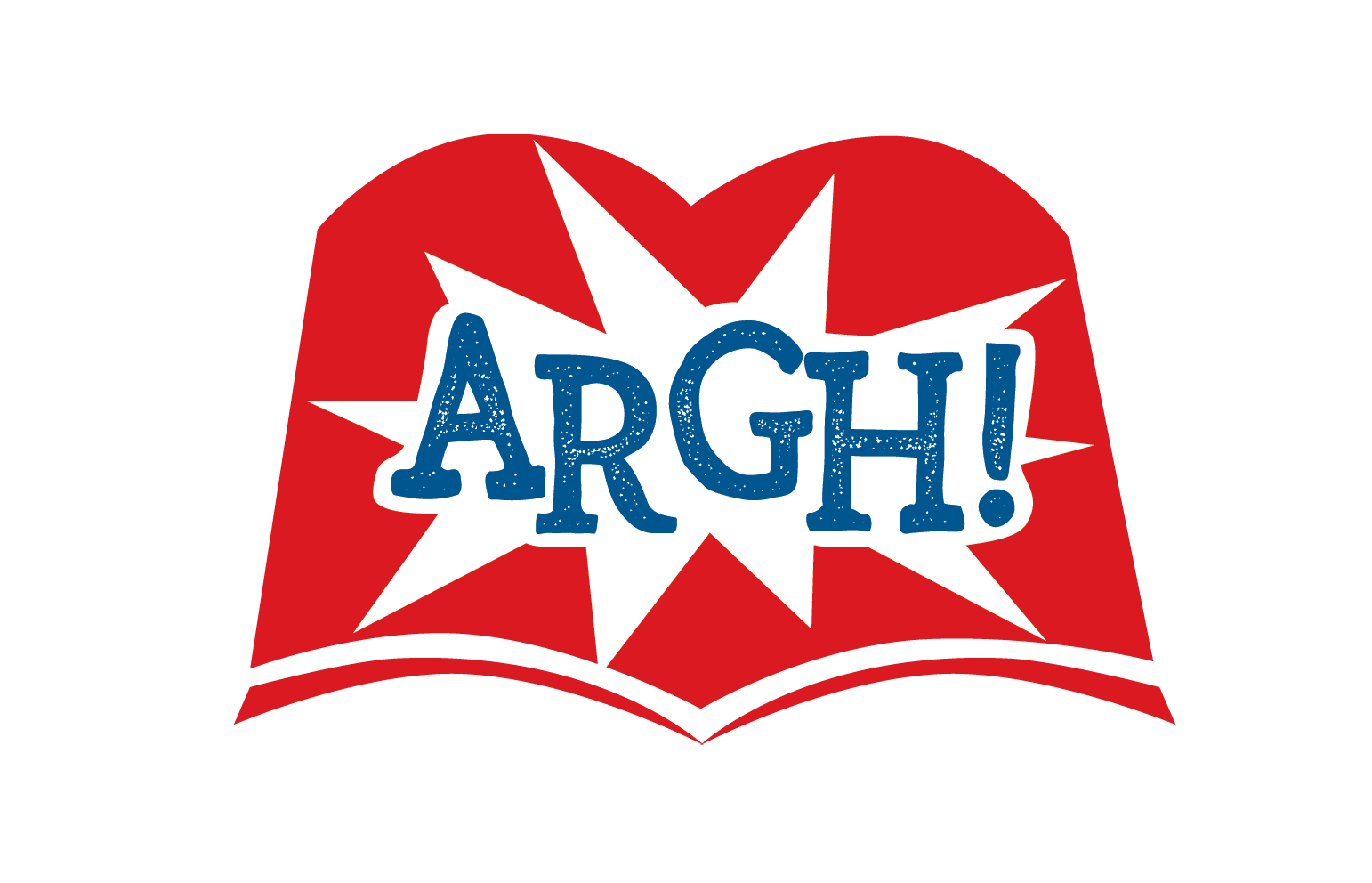
Euro sign Keyboard & Currency
The treaty called for a common unit of exchange, the euro, and set strict criteria for conversion to the euro and participation in the EMU. Although several states had public debt ratios exceeding 60 percent—the rates topped 120 percent in Italy and Belgium—the European Commission (the executive branch of the EU) recommended their entry into the EMU, citing the significant steps each country had taken to reduce its debt ratio. The changeover period during which the former currencies’ notes and coins were exchanged for those of the euro lasted about two months, until 28 February 2002. The official date on which the national currencies ceased to be legal tender varied from member state to member state. The earliest date was in Germany, where the mark officially ceased Guide to Becoming a Frontend Developer to be legal tender on 31 December 2001, though the exchange period lasted for two months more.
Special territories of members of the European Economic Area
The euro was established by the provisions in the 1992 Maastricht Treaty. In the Maastricht Treaty, the United Kingdom and Denmark were granted exemptions per their request from moving to the stage of monetary union which resulted in the introduction of the euro (see also United Kingdom and the euro). All circulating coins have a common side showing the denomination or value, and a map in the background.
- European leaders accepted the recommendations in the Delors Report.
- For the first three years it was an invisible currency, only used for accounting purposes, e.g. in electronic payments.
- (The euro is also the official currency in several areas outside the EU, including Andorra, Montenegro, Kosovo, and San Marino.) The 20 participating EU countries are known as the euro area, euroland, or the euro zone.
- In other states, the program is sponsored by Community Federal Savings Bank, to which we’re a service provider.
- The euro makes our lives simpler by enabling citizens to live, work and study abroad more easily.
Currencies pegged to the euro
Britain and Sweden decided not to adopt the euro immediately, and voters in Denmark rejected it. Unlike most of the national currencies that they replaced, euro banknotes do not display famous national figures. The seven colourful bills, designed by the Austrian artist Robert Kalina and ranging in denomination from €5 to €500, symbolize the unity of Europe and feature a map of Europe, the EU’s flag, and arches, bridges, gateways, and windows. The eight euro coins range trading and execution services in denominations from one cent to two euros. The coins feature one side with a common design; the reverse sides’ designs differ in each of the individual participating countries. It was introduced as a noncash monetary unit in 1999, and currency notes and coins appeared in participating countries on January 1, 2002.
The precise dates that each old currency ceased being legal tender and their official fixed rates are shown in the table below. To ensure that you remain free to choose cash as a way to pay both now and in the future, the ECB and the central banks of the euro area are working to ensure that cash remains accessible to all. We will make sure it remains an accepted, competitive and reliable means of payment and a store of value. Our euro banknotes symbolise the integration, openness and cooperation between the people of Europe. The design elements and security features make our banknotes unique.
Members of the European Union and the euro area
These included credit and debit cards, loans, and other uses for accounting purposes. During this initial phase, old currencies were used for cash only. Today, around 347 million citizens in 20 countries live in the euro area. This number will increase as future enlargements of the euro area continue to spread the benefits of the single currency more widely in the European Union.
It’s the second-most widely used currency in foreign exchange (forex) trading after the U.S. dollar and the second-most widely held foreign exchange reserve used by central banks. Use of the euro design began on January 1, 1999, when the euro debuted as a virtual currency in financial markets and among certain businesses. On January 1, 2002, approximately 14.5 billion physical banknotes and 50 billion coins were released in Europe, making the icon one of the continent’s most common symbols. That same day the euro’s introduction was celebrated in the financial district of Frankfurt am Main, Germany with the lighting of the Euro-Skulptur (“euro sculpture”), a replica of the euro symbol that measures 14 metres (46 feet) high and weighs 50 tons.
The large electronic sign, purchased for 350,000 euros from German artist Ottmar Hörl, is owned by the Frankfurt Culture Committee. The euro-to-dollar conversion details how many dollars the euro can buy at any given time, as measured by the current exchange rate. Forex traders on the foreign exchange market determine exchange rates, which change on a moment-by-moment basis, depending on how traders assess the risk vs. the reward for holding the currency. The euro what is a bear market and how should you invest in one was launched on 1 January 1999, when it became the currency of more than 300 million people in Europe.
The sign’s placement in relation to monetary values varies according to language; the icon is placed in front of the value in English but behind the value in most European languages. The new Treaty on European Union, which contained the provisions needed to implement the monetary union, was agreed at the European Council held at Maastricht, the Netherlands, in December 1991. To future-proof our money, we are also preparing for a possible digital euro.
